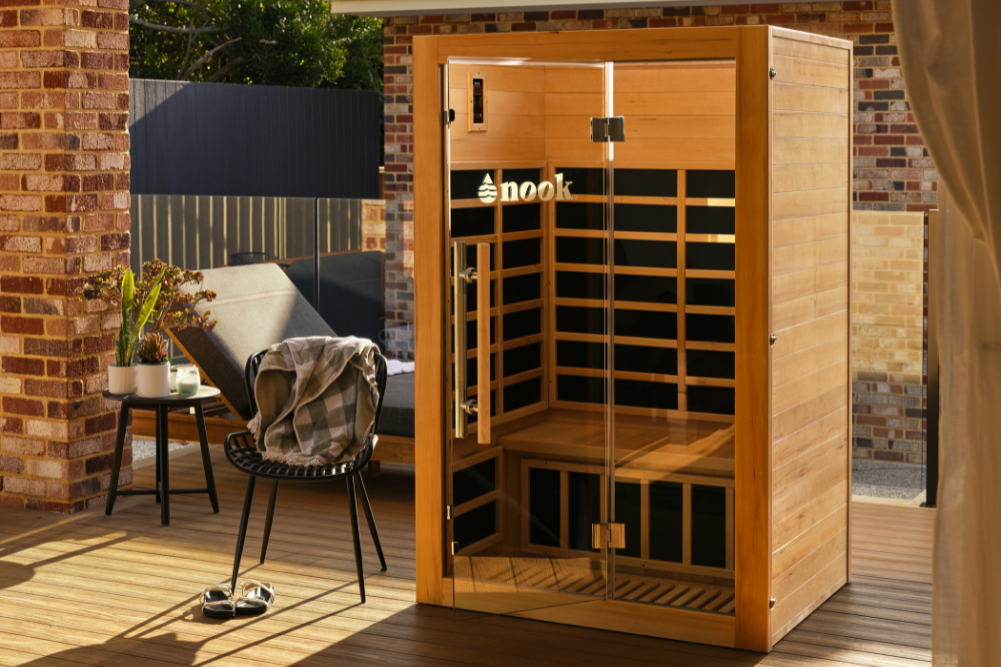Lettuce be friends
Lettuces can be expensive or free. The free lettuce is the kind you grow yourself — but not from punnets. For some reason every snail in the neighbourhood knows when you have planted out a punnet of lettuce seedlings. You have brought supper for the snails.
Instead, plant lettuce seeds. Lettuce germinates in a week and grows fast, and “gone to seed” lettuces produce so many seeds that you get many in a packet, instead of the six to 12 seeds in packets of some other kinds of seeds. Make sure you don’t plant a hybrid variety (it will tell you if it is a hybrid on the packet) and let a lettuce go to seed next spring. Collect the seed in an old envelope. You now have the basis for free lettuces for the rest of your life, for you, your family, your friends.
Step 1. Choose the lettuce you love. These days you can grow crunchy iceberg styles even in hot, humid climates. Do you prefer rabbit ear cos types? Or frilly lettuce you pick leaf by leaf, while they keep growing more till next spring when last year’s lettuce goes to seed? I love buttercrunch — absolutely perfect as
a meal for one. But make sure you choose one suited to your area. Hot climates need a lettuce bred for heat and humidity. In cold climates, grow the smaller lettuce to mature fast to eat while you wait for the larger ones to mature.
Step 2. Find a sunny place to grow your lettuce. This doesn’t have to be a garden: you can grow lettuces in
a pot or a hanging basket on the patio, or even in an old Styrofoam box on a table near a sunny window inside.
Step 3. Plant. Lettuce seed may not germinate if the soil is over 24°C, so make sure you have enough lettuce to see you over the hottest part of summer or germinate the seeds in a pot on a well-lit but not too hot windowsill.
Step 4. Feed once a week till fully grown, and water at least every two days unless it rains. After all, they are feeding you well, so you need to feed them well in exchange. Lettuce is mostly crunch and water, and that means lots of fertiliser and lots of water.
A thick mulch around your lettuce means that dirt won’t get splashed up into the leaves as it grows. In summer it means you don’t need to water as often. It also keeps weeds down.
If you are in a hot and arid area, try growing lettuce under shade cloth. In very cold climates a glass or plastic cold frame will give you faster lettuce growth during the cold months.
Step 5. Protect from slugs and snails. Try scattering hair “borrowed” from the sweepings of your friendly hairdresser on top of the mulch around your lettuces, or beard trimmings if there is a beard wearer in the family. Slugs and snails hate the sharp ends of hair on their sensitive tummies.
Step 6. Pick. Small varieties of fully grown lettuce like buttercrunch will be ready in about eight weeks of warm or hot weather, and the big, crunchy, firm-hearted ones will be ready in about 12 weeks. Baby lettuces will be ready to pick in about three weeks; plant them twice as thickly as recommended on the packet, and again, feed and water well. Rabbit ear cos or frilly-leaf types are best for baby lettuces, as they can be picked for many months.
Step 7. Cut the roots off and wash the lettuces very well indeed before you take them inside. The lettuce you buy in supermarkets has often been grown hydroponically, in water rather than soil, so it doesn’t need so much washing — or possibly it does, as it has probably been treated with pesticides and herbicides.
Step 8. Make sure you have lettuce ready to pick every day. Plant a pinch of seed every week in spring until the heat of summer, and then enough lettuce in early autumn to see you through winter and spring. Count how many lettuces you eat each week, multiply by the number of cold weeks you expect and plant accordingly. It’s best to plant too many instead of too few — lettuce makes a lovely gift for friends.
Step 9. If you are going on holidays, put stakes around your garden and drape shade cloth over the lettuces to help keep the soil cool, to stop lettuces from going to seed or turning bitter and to help prevent the soil from drying out too quickly.
Now take some old milk bottles or soft-drink bottles — anything that you can put a small hole in the base. Fill the bottles with water and leave them among the lettuces so that the water just drips out very, very slowly indeed. Or try sharecropping: ask a friend or neighbour to come and water your lettuce every second day in return for as much lettuce as they would like to eat. I think you will probably find many happy lettuce-watering volunteers.
As I write this, I am looking out at our lettuce garden. I can see rabbit ear cos lettuces which are tender, crunchy and delicious. They even make a wonderful snack as you wander around the garden inspecting the flowers.
If you have only eaten supermarket lettuce before, you will be amazed at the crunch and sweetness of home-grown lettuce. If they are bitter, however, you will know that your lettuce has wreaked a terrible revenge because they have not been fed and watered enough. Treat your lettuces well and they will treat you to the most enormous, delicious and incredibly cheap harvest it is possible to have in your backyard.








